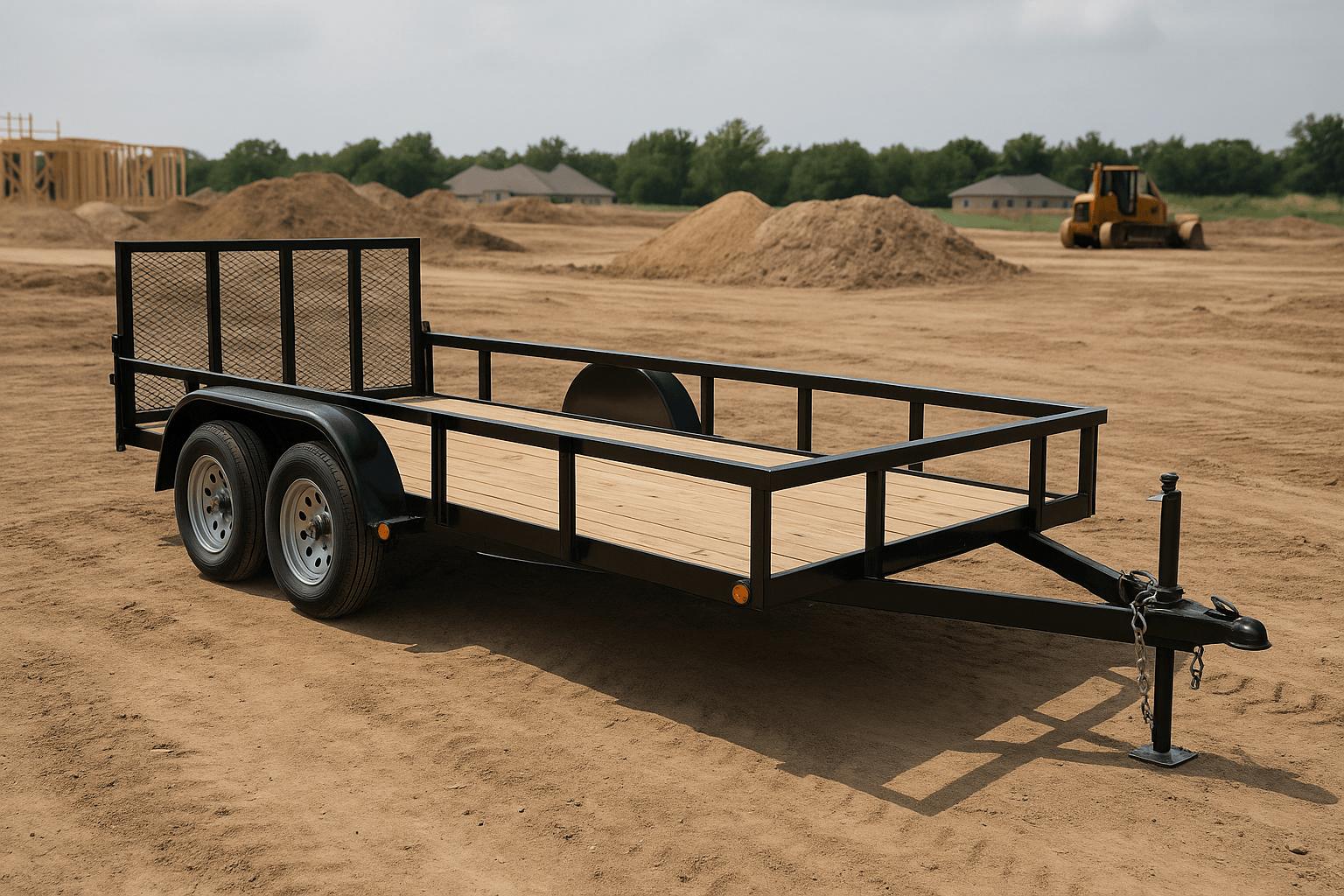About the Author

GSE's product team has been identifying the opportunities to create and deliver 'impossible' and innovative solutions to the satellite industry since GSE was born in 2004.


Every crew has one. The trailer that’s always “around here somewhere.” It got dropped at the south job last week, or maybe someone borrowed it for a weekend run, or it’s tucked behind the container yard under a tarp. By the time anyone realizes it’s missing, you’ve already burned half a morning driving around trying to find it.
That’s normal. Trailers are invisible when they’re doing their job right. They don’t have odometers, data ports, or dashboards. They just sit where someone last unhitched them. In any given week, half of them move, and half of them don’t. The hard part is knowing which half is which.
Every other asset on a site gives you something to measure, whether it's engine hours, fuel draw, cycle counts, or other data. Trailers don’t. They have no power, no CAN bus, nothing to talk with, which means you’re managing them blind.
A solar tracker fixes that without changing how the trailer works. It doesn’t need to plug in. It doesn’t need Wi-Fi. It just wakes up every once in a while, drops a breadcrumb, and goes quiet again. The whole point is to not have to think about it.
Most trailers don’t get stolen; they get forgotten. They sit too long, weeds grow around them, and someone assumes they’re gone. Weeks or months later you buy another one because the job can’t wait. That’s money out of pocket for no reason.
A few simple pings a day show what’s moving and what’s collecting dust. You don’t need a fleet dashboard or a report, just a quick glance that says, “This one hasn’t moved in 19 days.” That’s all the proof you need to make a decision.
End of season, end of project... same headache. You’re counting trailers by memory, trying to remember which job had what. Some come back late, some not at all. A last-seen location is enough to close the loop without a scavenger hunt.
Theft does happen, but so does late-night borrowing. A solar tracker doesn’t prevent it, but it tells you when it happens, even where service drops out. You wake up to a movement alert and coordinates, not a blank space on the lot.
A tiny tracker like GSatSolar does come in handy, though, when someone else with a hitch finds your trailer wherever you left it. Recovery of trailers under temporary ownership is much easier if you have a record of everywhere it goes.
Some contracts require proof that certain equipment was on-site for a minimum period. Others just expect you to document usage. Either way, guessing doesn’t hold up when billing time comes.
If the trailer is inside a jobsite geofence, it logs time there automatically. You don’t have to write anything down. That’s how you turn “we think it was there all week” into “here’s the report.”
The same argument happens every Monday: “Who’s got the flatbed?” Nobody’s sure, because nobody’s keeping score. Crews rotate, trucks change, jobs overlap, and memory fills the gaps. The bigger the operation, the easier it is to lose track of a few thousand pounds of steel and wood worth ten grand.
That’s where a simple ping earns its keep... not because it prevents theft, but because it tells the truth. You open a map, and there it is, still sitting behind the materials yard. Still idle. Still yours.
When jobs overlap, equipment drifts. One crew grabs a trailer for a quick haul, another assumes it’s still assigned to the old site. By Friday, no one knows who’s responsible for it.
A shared map ends that. You don’t have to hunt people down. Every trailer shows up where it actually is, not where someone thinks it should be, along with a history receipt for everywhere it has been. It’s accurate accountability without paperwork.
On the road and in use? Parked? Loaded?
Every idle hour costs something... storage fees, rentals, delays, lost tools inside. Knowing which trailers are actively working and which ones are sitting empty gives you information to leverage. It’s the difference between managing equipment and chasing it.
You don’t have to call it fleet management. You don’t even have to call it tracking. It’s just visibility ... knowing what’s yours, where it sits, and when it moves. The less time you spend hunting for equipment, the more time you spend using it.
That’s the quiet power of solar tracking. It doesn’t brag. It just keeps your operation honest.